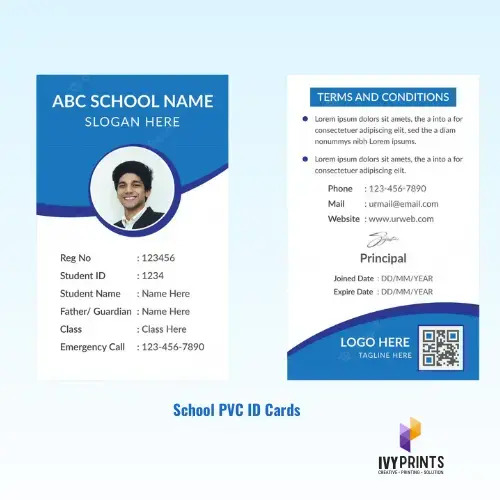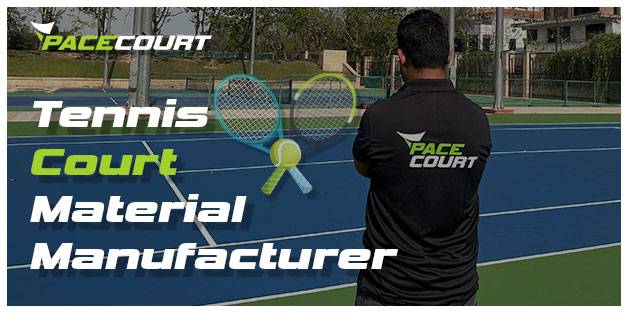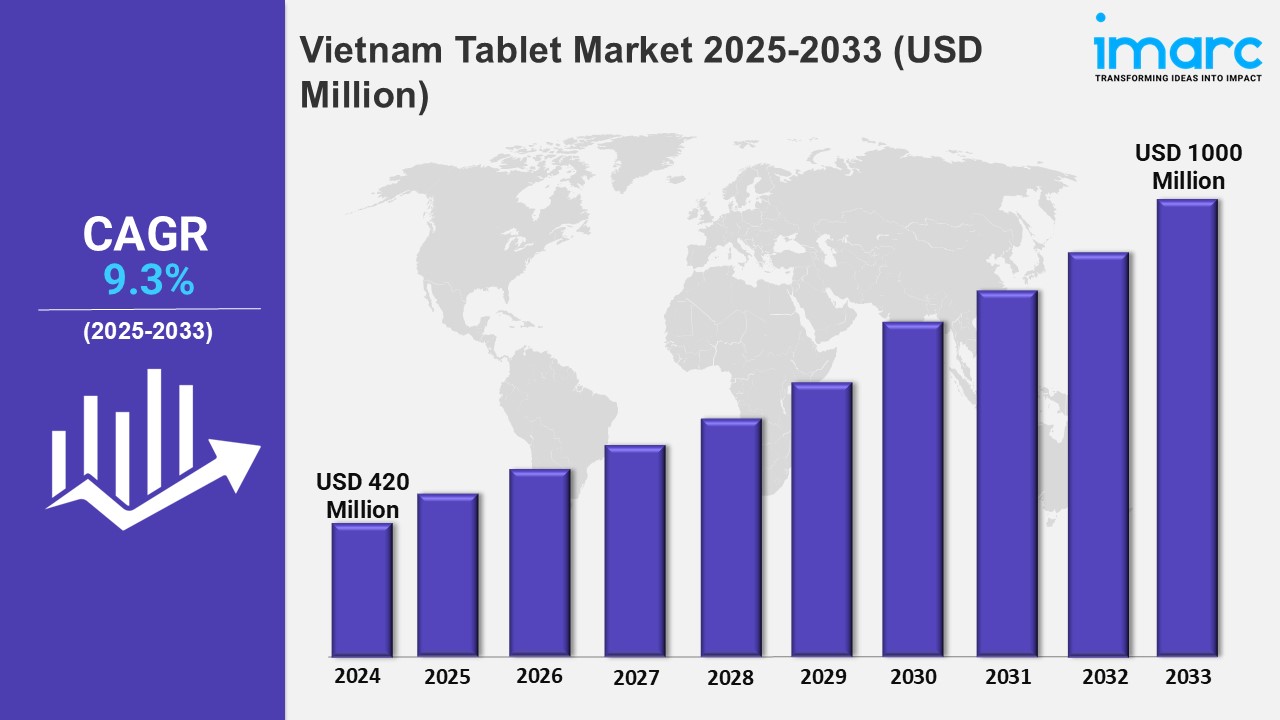In today’s fast-paced world, identification cards are crucial in security, access control, and branding. Whether for schools, corporate offices, or large-scale events, choosing the right PVC ID card print solution ensures durability, professional appeal, and enhanced security. Understanding the benefits, types, and factors to consider when printing PVC ID cards can help organizations make informed decisions.
Why Choose PVC ID Cards?
PVC (Polyvinyl Chloride) ID cards are widely preferred due to their durability, versatility, and cost-effectiveness. Unlike paper-based alternatives, PVC cards are resistant to wear and tear, making them ideal for daily use. They also support high-quality printing, enabling vibrant colors and sharp text for easy readability.
Key Advantages of PVC ID Cards:
Durability: Resistant to water, scratches, and fading, ensuring longevity.
Customizable: Supports printing of logos, photos, barcodes, and QR codes.
Security Features: Can integrate holograms, smart chips, and RFID technology.
Professional Appearance: Provides a polished and sophisticated look.
Cost-Effective: Bulk printing options reduce overall costs for large organizations.
Best Printing Methods for PVC ID Cards
Selecting the right printing method is essential for achieving high-quality results. The most commonly used techniques include:
Direct-to-Card (DTC) Printing
DTC printing is a popular choice for standard ID cards. It involves transferring ink directly onto the PVC surface, resulting in a smooth and colorful finish. However, it may not be suitable for printing edge-to-edge designs.
Retransfer Printing
This method uses a reverse image transfer process, where the design is first printed onto a film and then applied to the card. It ensures high-definition prints and full-bleed designs, making it ideal for security badges and smart cards.
UV Printing
UV printing offers superior resistance to fading and tampering. It uses ultraviolet light to cure the ink, providing enhanced security and durability. This method is widely used in government-issued ID cards and high-security environments.
Choosing the Right PVC ID Card Printer
Organizations must consider various factors when selecting a printer for their ID card needs. Some key aspects include:
Print Quality: High-resolution printing ensures clear images and readable text.
Printing Volume: Determine whether a low, medium, or high-volume printer suits your needs.
Lamination and Security Features: Opt for models with lamination or embedded security features for added protection.
Connectivity Options: Ensure compatibility with existing systems, such as USB, Wi-Fi, or cloud-based printing.
Cost and Maintenance: Consider the long-term cost of ink, ribbons, and maintenance.
Applications of PVC ID Cards
Educational Institutions
Schools and universities use PVC ID cards for student and staff identification. These cards often include RFID chips for access control and cashless payments in cafeterias and libraries.
Corporate Offices
Many businesses utilize PVC ID cards for employee identification, time tracking, and access control. Customizable features like smart chips or barcodes help improve security and operational efficiency.
Events and Conferences
Event organizers rely on PVC ID cards for attendee identification, VIP access, and ticket validation. The ability to include unique QR codes or barcodes makes them an excellent choice for seamless check-ins and security management.
Healthcare and Government Institutions
Hospitals and government agencies use PVC ID cards for patient identification, employee badges, and secure access. Advanced security features like holograms and biometric data integration help prevent fraud and unauthorized access.
Tips for High-Quality PVC ID Card Printing
Use High-Resolution Images: Blurry or pixelated images can make identification difficult.
Select the Right Card Thickness: Standard PVC cards are 30 mil thick, but customized options are available for specific needs.
Ensure Proper Card Storage: Store blank cards in a dust-free environment to avoid print defects.
Regular Printer Maintenance: Clean the printhead and rollers periodically to maintain consistent quality.
Conclusion
Investing in high-quality PVC ID card printing is essential for organizations looking to improve security, efficiency, and brand identity. Whether for schools, offices, or large-scale events, choosing the right printing method, materials, and security features ensures durability and professional appeal. By considering factors like print quality, volume, and additional security enhancements, organizations can make well-informed decisions that align with their needs and budgets.



